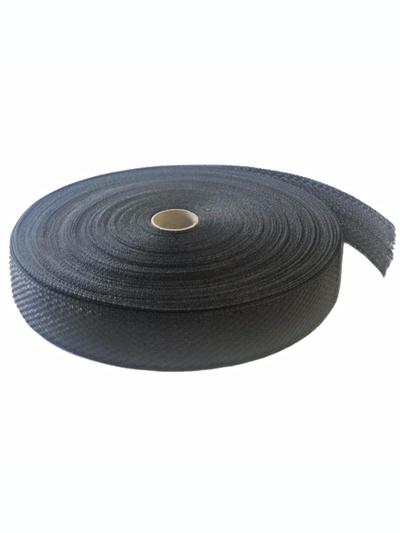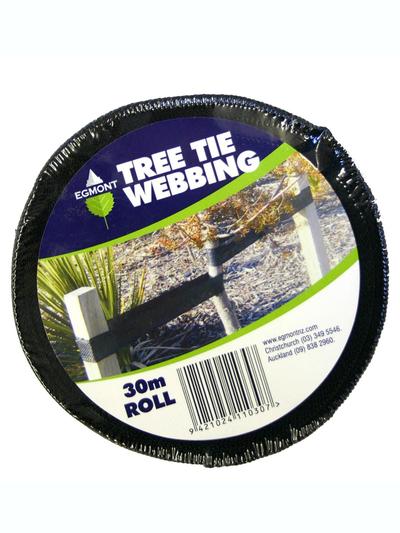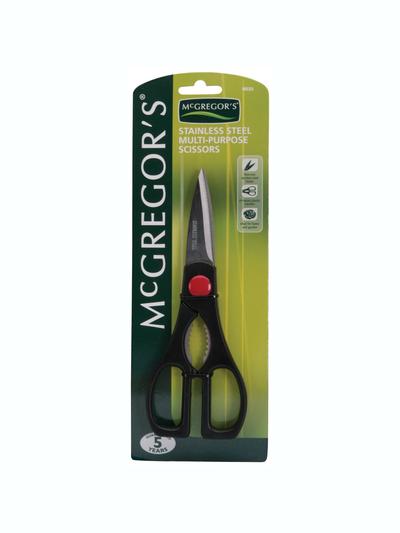Staking your tree correctly is essential for its stability and healthy growth. Properly supported trees develop strong roots and are better equipped to thrive in windy or exposed areas. By staking at the right time and with the right materials, you give your tree the best chance for a sturdy start. Learn the step-by-step process of tree staking, from selecting materials to knowing when to remove the stakes and discover how this simple task can lead to a stronger, healthier tree. Keep reading to ensure your tree’s growth is off to the best possible start.
Materials Needed to Stake Your Tree
- Stakes: Choose sturdy wooden stakes (2x2 inches for most trees) or metal stakes that are tall enough to support the tree but not so tall they interfere with growth. Ideally, the stake should be as tall as the tree’s trunk, plus an additional 40cm for the height reduction when driven into the ground.
- Tree Tie Webbing (or similar material): Soft, flexible webbing is best for supporting the tree. You’ll need 1.5–2 meters of material for smaller plants like standard roses. Larger trees, such as citrus, may require up to 4 meters of webbing, so estimate the amount correctly.
- Hammer or Mallet: Drive the stakes into the ground using a hammer or mallet. If the soil is particularly hard, consider placing a piece of wood on top of the stake to soften the impact and prevent splitting.
- Scissors: For cutting the tie webbing. A handy tip is to singe the cut ends with a lighter to prevent fraying.
How to Stake Your Tree Correctly
- Timing: Ideally, stakes should be installed right after planting to avoid root damage. Choose a calm day for this task to avoid disturbing the soil too much.
- Position: Place two stakes on either side of the tree. These should be at least 5cm away from the trunk and positioned outside the tree’s root ball. A single stake may suffice for smaller trees or shrubs (like standard roses).
- Drive Stakes into the Ground: Use your hammer or mallet to drive the stakes approximately 30–50cm into the soil. Leave enough height above the ground so the stakes are about 10cm shorter than the tree’s trunk.
- Attach Tree Ties: Use the figure-of-eight method for each stake and tie the webbing to the stakes, not directly to the tree stem. This helps avoid damage to the tree. Make sure the ties are snug but not too tight, allowing some movement of the tree.
- Avoid Tying Too Tightly: It is important to allow the tree some natural movement in the wind. This movement encourages the tree to grow stronger and with a healthier root structure.
When to Remove Stakes
The stakes can be removed once the tree is well-established and can stand independently. This usually takes about a year for smaller trees, while larger trees may need up to two years. To check, gently shake the tree trunk—if the root ball remains stable, the stakes can be safely removed. Leaving stakes in place for too long can result in issues like ringbarking, which may damage the trunk and hinder proper growth.






